As expected, it’s been an uneventful couple of months with Nissan’s e-Power Qashqai. That’s what you want from your compact SUV; trouble-free, easy motoring.
Part of the convenience of the e-Power experience is infrequent trips to the servo. The fuel use for our city-bound Qashqai has been consistently pegged at the 6.1L/100km mark.
The e-Power set-up uses an EV powertrain with an electric motor and single-speed auto driving the front wheels, the energy provided by a small lithium-ion battery pack.
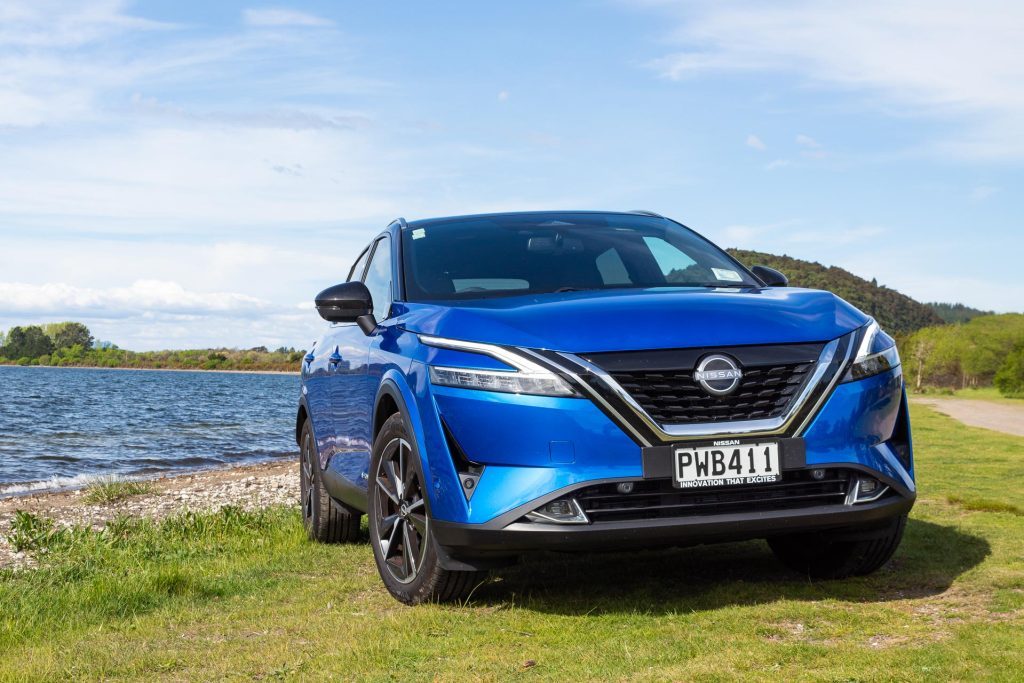
What’s unique is that a 1.5-litre petrol engine is used to drive an electrical generator to recharge the battery. Hence the need for fuel.
In town, the engine hums away quietly, though gets more audible during acceleration as the need for electricity is greater.
As you’re constantly stopping and starting in traffic, the engine can work harder in the city than on the motorway, where it’s running more constantly but at a lower tempo.
Other self-charging, petrol-electric hybrids we’ve driven typically return better fuel use figures in urban running as opposed to lengthy open road jaunts, so is it the same with the e-Power?
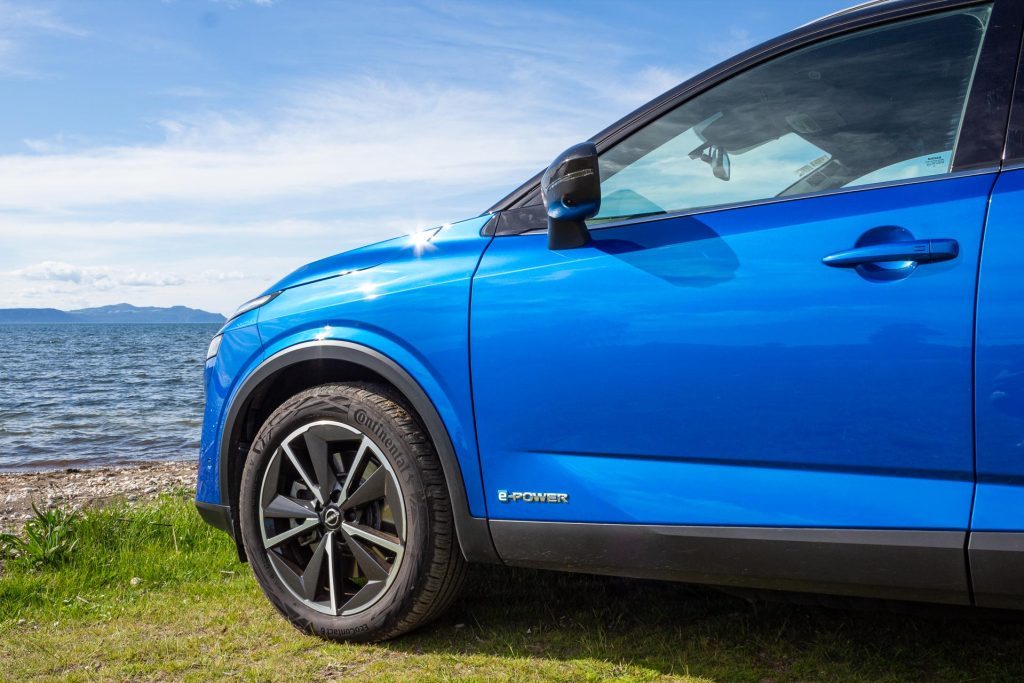
With a family celebration to attend down country, we headed for the Manawatu to see how the Qashqai handled a family road trip.
The QQ has comfortable seats with good padding and adjustment but you can still get a bit squirmy after a couple of hours behind the wheel.
Helping here is the massage function, reserved for the buyer of the top Ti-L grade model.
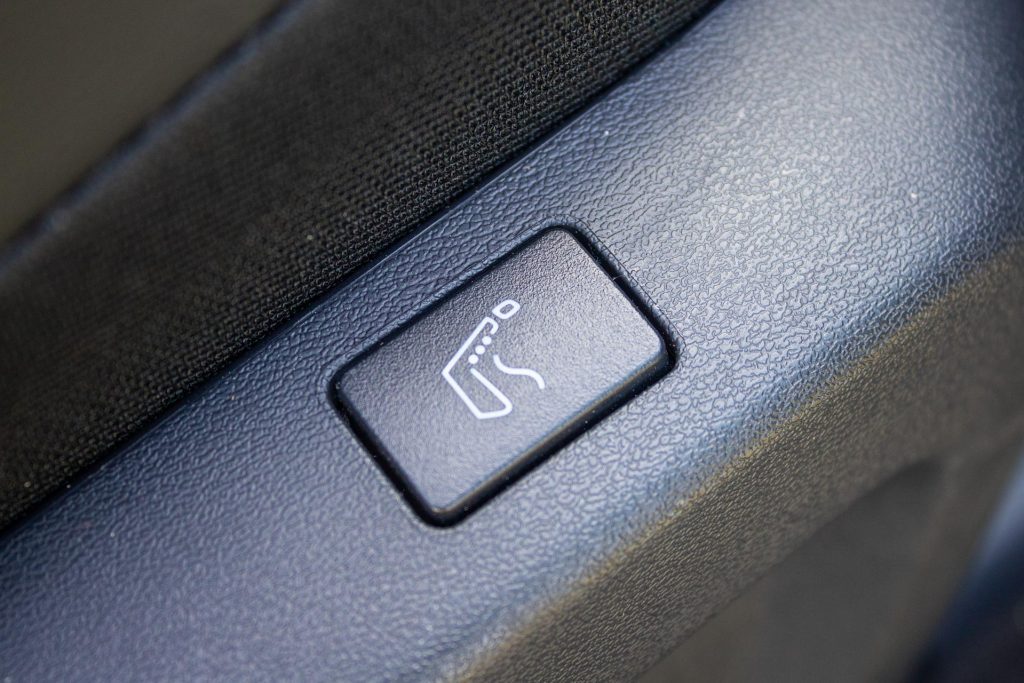
While not as sophisticated as some of the massagers you find in top-end German machines, this does the job on the road trip, helping ease those minor discomforts in the lower back.
The new Qashqai is a bit bigger all round than the old model, giving those in the back more room. This has made the QQ a better family fit, our three primary-aged kids okay with the space on offer.
Well, at least for trips around town. While leg room is decent, three across the rear on long trips can induce some territorial disputes.
After the usual threats to leave them stranded on the roadside, they eventually sorted their differences.

The additional boot space of the larger body is welcome too. Back there, the floor can be lowered to add more capacity, or better still removed completely as it is only required to make a level load space when you flop the rear seats down.
We guess the two-tiered system makes more sense in the conventionally powered Qashqai, where there is more underfloor space.
Otherwise, the hold is big enough to swallow the week’s groceries (just) or the luggage for a weekend away. While we don’t mind a powered tailgate, it’s nice to have but certainly not essential.
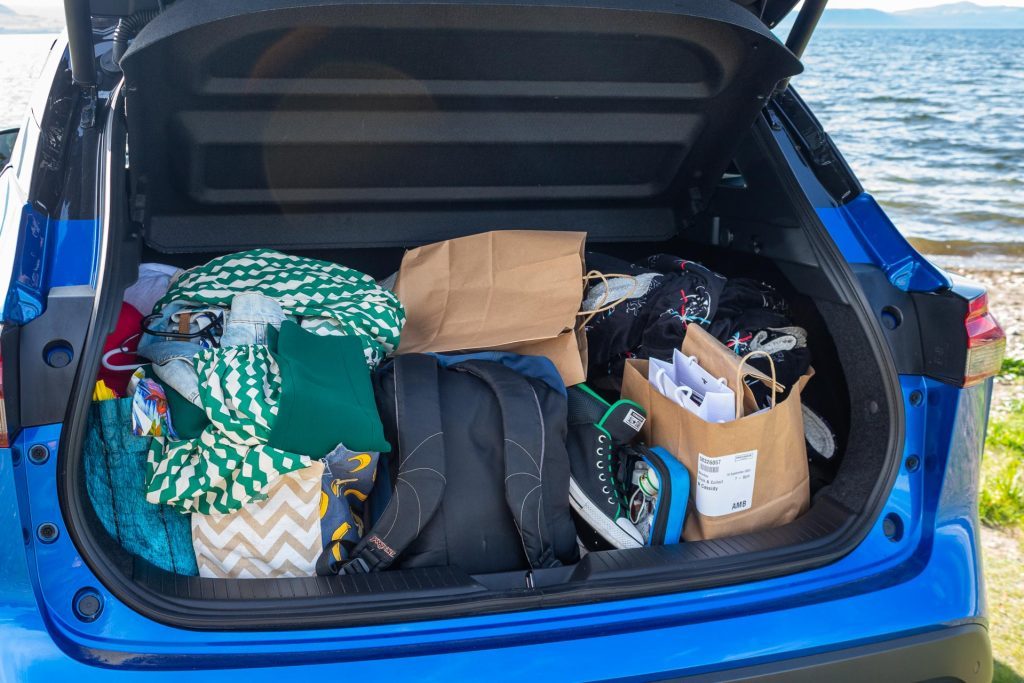
The Qashqai’s is quick enough to open, though the safety bleeps we could do without. The best aspect of this one is the gesture opening function; when your hands are full, a wiggle of your foot under the bumper will open it.
And this one actually works reliably, whereas many don’t. Some even trigger unintentionally when you’re still under the tailgate.
One of the endearing Qashqai traits is the ride quality which helps smooth city streets.
But even this can struggle with the current state of the main highway south; it’s truly rough in patches. Road noise isn’t too bad though, and there’s hardly any wind whistle to report.
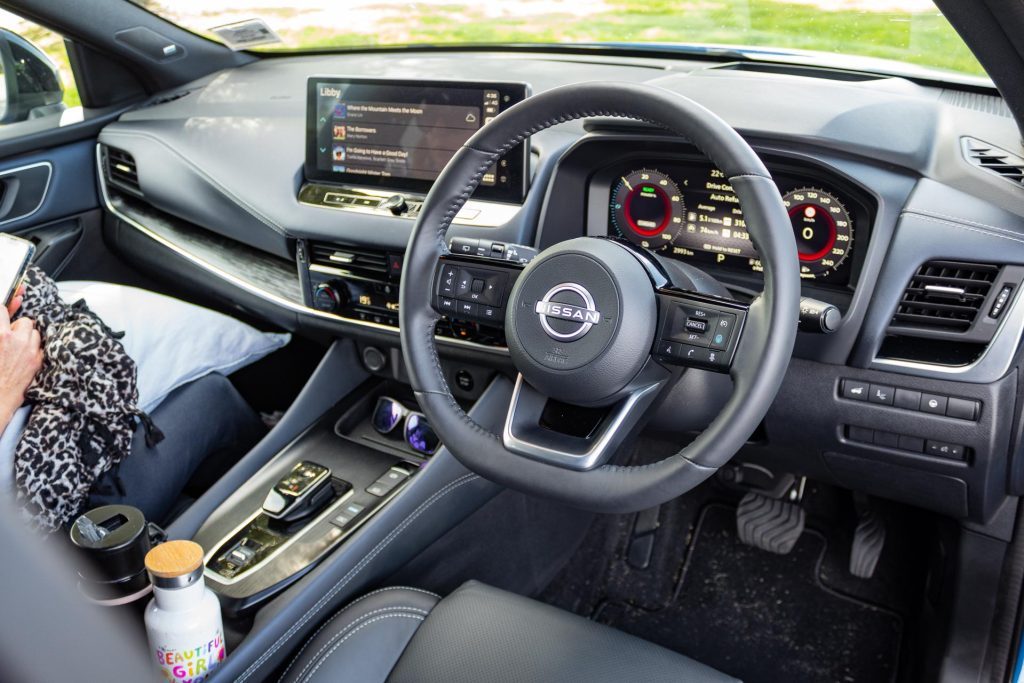
We like the array of driver aids, and the adaptive cruise is always helpful on main roads. While the active steering/lane keeping function can be handy on motorways, it’s better switched out (easily thanks to a dedicated button) on the highway.
The lane departure warning is well tuned, chiming in when really needed rather than constantly chirping at the prospect of running close to the lines as some can.
One of the displays in the digital instruments tracks the energy flow of the engine and battery, showing what the system is doing.
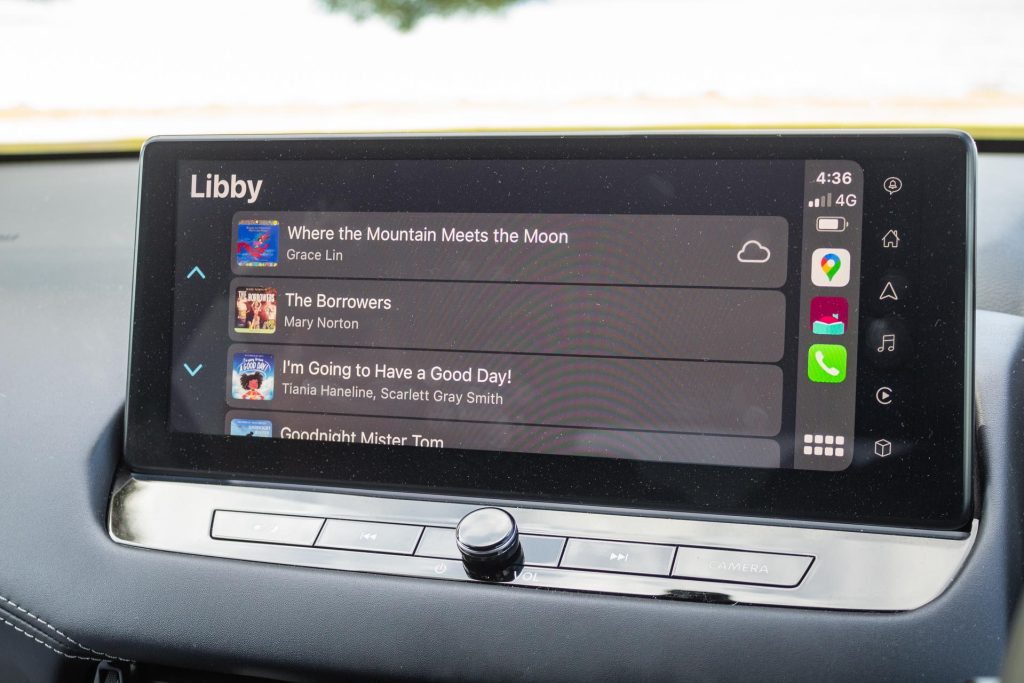
Cruising down the island, the engine is ticking away constantly to keep the battery charged.
It’s quiet though, you barely notice it’s operating while it’ll shut off on downhill runs. Ranging up hills it works harder to supply the energy required, but for the majority of the time on the go it’s just ticking over quietly.
And so fuel use proved to be better on the open road, the average for the 800km plus journey registering 5.2L/100km.
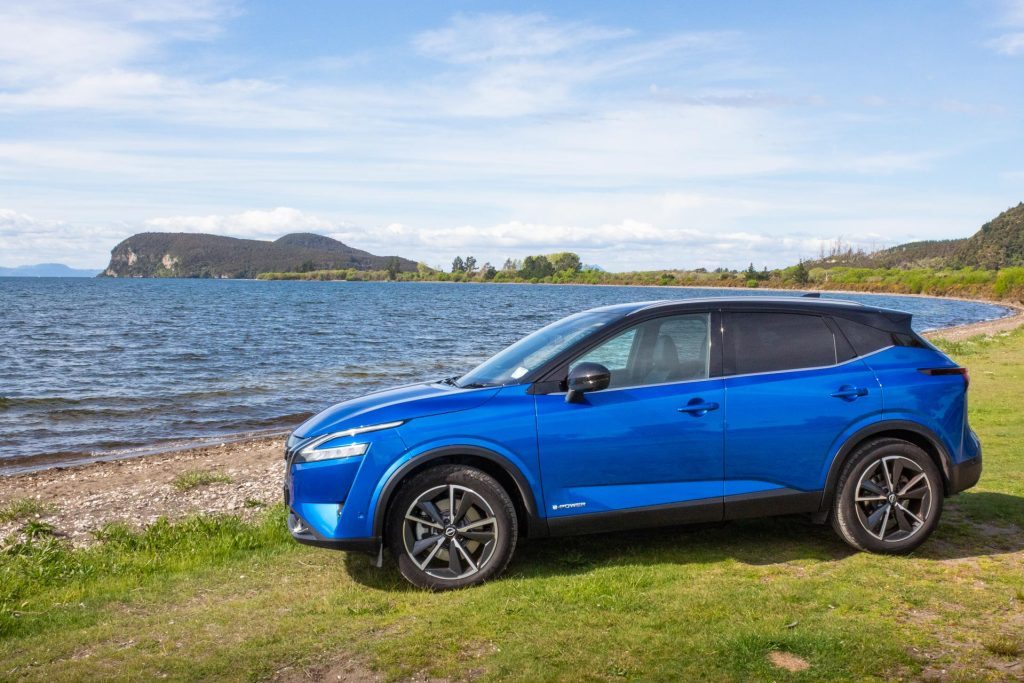
Even so, with fuel prices remaining high, and volatile thanks to warmongering around the globe, it can cost $150 to fill a near empty Qashqai tank with 95.
However, it does only take a few minutes with refuelling stations here, there and everywhere, with the prospect of having to wait for a pump virtually nil.
| Model | Nissan Qashqai Ti-L e-Power |
| Price | $60,990 |
| Clean Car Discount | Neutral |
| Engine | 1.5L, engine/generator |
| Power/Torque | 140kW/330Nm |
| Drivetrain | single-speed auto, FWD |
| Fuel Use | 5.8L/100km |
| C02 Output | 130g/km |
| 0-100km/h | 7.9sec |
| Weight | 1729kg (claimed) |
This story first appeared in the November 2023 issue of NZ Autocar magazine.


